Around the World in 80 Delis
Approaching a new sandwich post on the Tribunal can go a number of ways. Sometimes, I have a really specific focus in mind before I even start researching a sandwich. Sometimes, the research gives me the focus. Sometimes, I just start eating a bunch of sandwiches and the ideas come to me. Other times, I can eat dozens of sandwiches and end up no closer to having a handle on a sandwich, or a hook for a writeup, than I did when I started.
The deli sandwich is one of the last kind.
Like some sandwiches we’ve covered before (Barbecue and Breakfast are 2 examples that come to mind), deli sandwich is a category rather than a specific sandwich. However, the category itself seems less focused, in that it’s simply a sandwich that you buy at a deli. Without a deli, it’s not a deli sandwich, right? You can’t even DIY this thing without some investment capital. Speaking of which–Shark Tank, Sandwich Tribunal edition. Who’s in?
We could talk about the etymology of the word “Delicatessen,” a French loanword in the German language that’s ultimately derived from the Latin delicatus, delightful or pleasing, though the German Delikatessen can also be directly translated to English as something like “dainty eating.” We could talk about the history of the delicatessen in America, which developed in the Jewish communities of New York in the late 19th/early 20th centuries. We could talk about the different types of delis that have evolved over the past century, and the different types of sandwiches they produce–hot, cold, meat-heavy, salad-filled, and even vegetarian.
The Classics
And we likely will talk a bit about all of that, but here at the Tribunal we’re mostly about the sandwiches, so I jumped right in to my favorite part of any sandwich project: field research! For my initial exploration of the deli sandwich, I finally visited a place I’d been wanting to check out since the TODAY show called their “Frenchy’s Fantasy” the #5 sandwich in the US back in 2009, Perry’s Deli.
Perry’s has a very strict no-cell-phone policy, with warning signs posted everywhere to that effect, and they mean business. As I was waiting in line, still a half-dozen people from the counter, a suit in front of me pulled out his phone to make a call. A loud klaxon immediately sounded, and one of the sandwich guys started berating him. This happened 3 more times while I was in line waiting.
The Frenchy’s Fantasy is a triple-decker sandwich of roast beef, Swiss cheese, bacon, lettuce, tomato, and Russian dressing. It’s gigantic, and comes with a superfluous small tub of overly sweet cole slaw (or potato salad, or macaroni salad, but I tried the cole slaw and it was candy-sweet, not something I dig in my slaw). It’s good, but hampered by the insistence on using Perry’s signature Russian dressing instead of something that would play better off the beef, like a nose-burning horseradish spread. I should have only eaten half and saved the rest for a subsequent lunch but I powered through it and felt like hell the rest of the day.
I’m not sure how Perry’s qualifies as a deli, since they don’t appear to sell meats or prepared foods by weight. Then again, neither does what is perhaps Chicago’s most well-known classic Jewish deli, Manny’s (although I understand they are now in the process of adding an actual deli counter).
I stop by Manny’s at least once a year on National Hot Pastrami Sandwich Day in January, but not often otherwise. A trip to Manny’s requires commitment. The Perry’s sandwich was huge, but I think Manny’s might have it beat in terms of sheer meatmass.
Manny’s doesn’t mess around when it comes to corned beef or pastrami sandwiches. Nothing fancy here, just a big pile of cured meat on rye bread, with a pickle wedge and a potato pancake. You could eat for days off this thing.
So how does a place come to be called a deli? And what about places that don’t necessarily identify as delis, but kind of are? I recently read a listicle on Thrillist called The 12 Best Delis in Chicago done by Mike Gebert, who knows his stuff. (And if you haven’t checked out his new site Fooditor yet, get on it!) In it, he separates the delis into 3 categories: Jewish, Italian, and Other, which works in terms of breaking down a list into manageable categories, but is incomplete as a taxonomical system (not that he seriously proposed it as one). Great places like Manny’s and J.P. Graziano are comfortably situated within their own niches, but the Other category could use some sharpening.
Meat Markets
For example, in “Other” he lists Publican Quality Meats, which is a fine meat market and charcuterier in a pretty highly-competitive foodie-centric area of town.
I recently stopped in and tried a sandwich called “The Big E”–wagyu brisket, horseradish cheddar, smoked onions and mustard on a rye bun.
I would have liked a bigger hit of horseradish–I always associate horseradish with deli sandwiches, possibly due to the Jewish origin of the delicatessen, and I like enough of it on a sandwich to make my eyes water–but this was some of the better brisket I’ve had, in a sandwich where every ingredient had been selected and handled with care.
PQM is in a totally different category than a place like the Butcher Block in my hometown of Quincy, IL. They are also a quality meat market and sausage-maker, but can’t be compared apples-to-apples to a place like PQM.
Mindy and I stopped into Butcher Block while visiting family for the Thanksgiving holiday and tried their deli sandwiches. I ordered something called the Horseradish Beef sandwich, a cold sandwich of rare roast beef with horseradish cheddar, horseradish sauce, onions, tomatoes, and lettuce on ciabatta bread.
Though I’ve had good ciabatta, this one was completely without character, cold and limp. The other ingredients in this sandwich were fine, but the overall product was sunk by the bread. On the other hand, Mindy ordered something they called the New Yorker, another cold roast beef sandwich, this time on marbled rye with onion, pickle, cole slaw, and dijon mustard.
This sandwich was much more successful–the bread, though not spectacular, was fine, and was a serviceable vehicle for the rare roast beef and a medley of salad. Still, it seems unfair to compare this directly to the type of artisanal fare being produced by PQM.
Yet if I were in Quincy and wanting a deli sandwich, I wouldn’t hesitate to come back and try something else from this place. Quincy is a completely different place than Chicago’s West Loop, and of course a $6 small-town sandwich is going to be worlds apart from a $14 big city one. There is also a hot-sandwich menu I’ve yet to explore at all.
Grocery Stores and Markets
While in Quincy, I also stopped at one of the higher-end grocery stores in town, the 12th & Harrison location of Iowa-based chain Hy-Vee, to check out their deli.
Hy-Vee has a number of prepared food options in their “Market Cafe,” including a sushi bar, salad bar, pizza by-the-slice, and fast-service Chinese. Of course, sandwiches were what I was after, and though the deli did not have a set sandwich menu, there was a special on offer “all week.”
Mark’s Favorite was a toasted sandwich of roast beef, melted provolone and onions, with ranch dressing and chipotle sauce. Mine was prepared by the sandwich’s inventor (whose nametag did not say Mark, so I’m guessing he invented it for somebody else?) with an evident pride and a level of attention to detail rivaled by few of the sandwiches I’ve eaten recently. He took about 10 minutes making it, and the brioche bun was toasted to a perfect crispness, the cheese was melted enough to ooze out the sides but not escape the sandwich completely, and the beef and onions were sliced to just the right thickness.
As you might imagine though, it was not a very good sandwich. Ranch dressing is a lazy condiment, and the chipotle sauce was too sweet. No offense to Mark, but next time I’ll order a custom job.
I’d also hoped to make it to Winking’s Market while in Quincy, but unfortunately they were closed on Sunday, my only opportunity to visit. I will be back to check it out, though, I don’t imagine that I’ll have any kind of revelatory experience getting a sandwich from a cheap bodega in a poor part of town, but who knows? I might be surprised. There’s something comforting about knowing you can still get a bologna sandwich for $1.30 somewhere, and for that price it doesn’t need to be terribly good.
Cheese Shops
In a related subcategory, some cheese shops are making their own sandwiches, and doing fine work. I work across the street from Chicago’s French Market, where local purveyor Pastoral has a stand selling cheeses, charcuterie, and locally-baked breads.
Though they don’t call themselves a deli, they certainly fit the bill, and do a brisk business in sandwiches at lunchtime. On a recent visit, I tried their “Nuovo Club” containing turkey, “prosciutto bacon,” tomato and greens.
Pastoral’s sandwiches can be ordered either on baguette or on multi-grain bread slices, and in the future I’ll probably have to get them on the sliced bread. These baguettes are just a bit too dense and chewy to make a good base for a sandwich, though otherwise everything tastes fine.
Italian Delis
Even within a relatively homogeneous category like the Italian deli, it can be difficult to hold one place up against another. For example, take our friends at J.P. Graziano, about whom I’ve frequently written.
I have simply never had a bad sandwich here. I’m not sure they’re capable of making bad sandwiches. I am still working my way through the menu, in part because I have certain favorites I keep revisiting. However, I recently finally got around to ordering a tuna sub there, recommended as one of the best sandwiches in Chicago a while back by then-Chicagoist-editor Chuck Sudo.
A tuna sandwich, classic deli fare though it may be, is just about the last thing I’m going to order anywhere. This, however, was high quality imported Italian tuna, mixed in with celery, onion, roasted red peppers, artichoke hearts, and hot giardiniera, served in the great d’Amato’s bread that Graziano’s uses for their subs. It was simply a fantastic sandwich, and I couldn’t believe I hadn’t tried it before.
So how do you compare a best-of-breed place like J.P. Graziano’s to another indispensable neighborhood Italian deli like Soluri & Sons down in Bridgeport?
I have no idea how their Italian sub would stack up to J.P. Graziano’s, but I do know they’ve got a great Italian Beef sandwich and probably the best breaded steak sandwich I’ve had, neither of which are even served by J.P. Graziano. (though if Graziano ever did start serving them, watch out! I might never need to go anywhere else)
Not to mention the pepper & egg sandwich I got recently at Fiore’s Italian deli on the West Side.
Some places might do everything pretty well but have a single specialty that keeps people coming back year after year. Fiore’s pepper-and-egg sandwich isn’t fancy, but it is something special.
Polish Delis
Another category that seems like it could be explored further is the Polish deli, of which we are not lacking in Chicago. especially on the northwest and southwest sides of the city. Kasia’s is one such Polish deli, an attractive small storefront on a west side corner.
Kasia has a long well-appointed deli counter and serves sandwiches and prepared foods. I ordered their “Old World Polish Ham” sandwich, containing Krakus ham, Podlaski Cheese and sliced hard-boiled eggs. It’s served on rye bread with mayo, lettuce, and tomato. I guess I mistakenly thought a Polish deli would be more likely to use mustard than mayo.
The sandwich didn’t need both mayo and eggs, in my opinion. It wasn’t bad though. More successful was the Ukrainian Borsch I had with the sandwich, a disconcertingly pink beet-and-sour-cream soup containing beans and sauerkraut.
Polish delis don’t always serve sandwiches though, some opting instead for stick-to-the-ribs hot prepared Polish dishes, like this liquor store/deli in southwestern Palos Hills.
They did not make sandwiches but Mindy and I took home some stuffed cabbage (probably the best I’ve had), klupskies, mushroom soup, and an interesting take on Chicken Kiev that included tomato.
Liquor Stores
Maybe the most interesting discovery I made while looking into deli sandwiches–or not discovery, since I’ve seen them all over, but the realization, the putting together of two and two–was the existence, the beauty, the inevitability of such places, these liquor store delicatessens. I’d known for a while of one in my town called Madori’s, but since I shop at a different store usually, slightly closer with a slightly better beer selection, I had not been in to try Madori’s sandwiches. Mindy and I recently enjoyed a wine tasting there though, and this research made for an excellent opportunity to try their sandwiches. I’m glad we did.
Madori’s is the type of liquor store where guys load up on cheap cases of canned beer for the game, so I hadn’t expected much. But they do a surprisingly good job with their sandwiches. I ordered something they call the “Smoke Bomb.”
This was a really solid sandwich. The name “Smoke Bomb” may not sound that appetizing, but the turkey, while mild, was plentiful and had a distinct smoked flavor; the gouda was front and center, which isn’t a bad thing; and bacon of course is never unwelcome in a sandwich. Mayo/lettuce/pickle/tomato/onion rounded out the sandwich, and while I enjoyed my requested addition of prepared horseradish, it wasn’t necessary.
Mindy got their take on the triple-decker club called “Casey’s Club.”
This was one of those enormous, jaw-unhinging sandwiches that may seem at first like a stunt, but on closer look you can see that the proportions are actually quite good, it’s just the extra layer making it seem like there’s too much of everything. Both these sandwiches were made with simple cold cuts that you could buy at any grocery store deli, but they were done with some skill and a good eye for proportion. These are not high-quality artisanal sandwiches but they’re way better than they need to be. Madori’s, you will be seeing us again.
After this smashing success, I thought I’d found an exciting new subgenre of deli. And in fact, it turned out that the surrounding communities had their share of liquor store delis. However, when I stopped in at Crestwood Deli & Liquors, I found the deli counter had been recently torn out.
And in Homewood, the liquor store/deli showed no sign of ever having contained a food counter. I asked the women at the counter when they’d stopped serving deli food, and neither of them remembered a time when they had.
So while there are still a few liquor store delis around, and some I have yet to investigate, it seems like a dying breed. Which is a shame, since booze and sandwiches are a natural pairing.
A Few Delis Short
What can I say? A month is only 30 days long, and I’d probably need more than one to actually get to 80 delis. I think 15 is a pretty respectable figure, don’t you? Even if a couple of them didn’t serve sandwiches anymore.
This is the part of the post where I’d offer you my conclusions if I had any, but I’m not sure that I do. I don’t think “Deli” can ever be considered a one-size-fits-all descriptor, either for a store or the sandwiches it sells. Though the delicatessen may have originated in Germany and/or France, it found its ultimate home in this big old tossed salad we call America. There are a ton of different types of delis serving different types of sandwiches–though Eurocentric to be sure, as many different styles as the places in Europe that sent us here, and more! This month I got to eat a bunch of them. Hooray for that!
Thanks for reading this month! Tell me about your favorite deli in the comments!

I like sandwiches.
I like a lot of other things too but sandwiches are pretty great





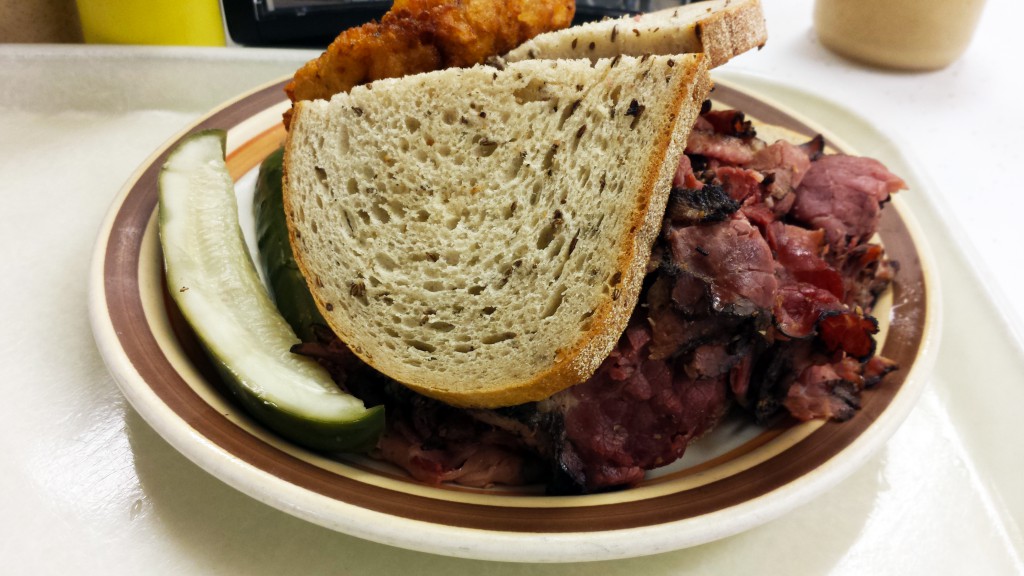









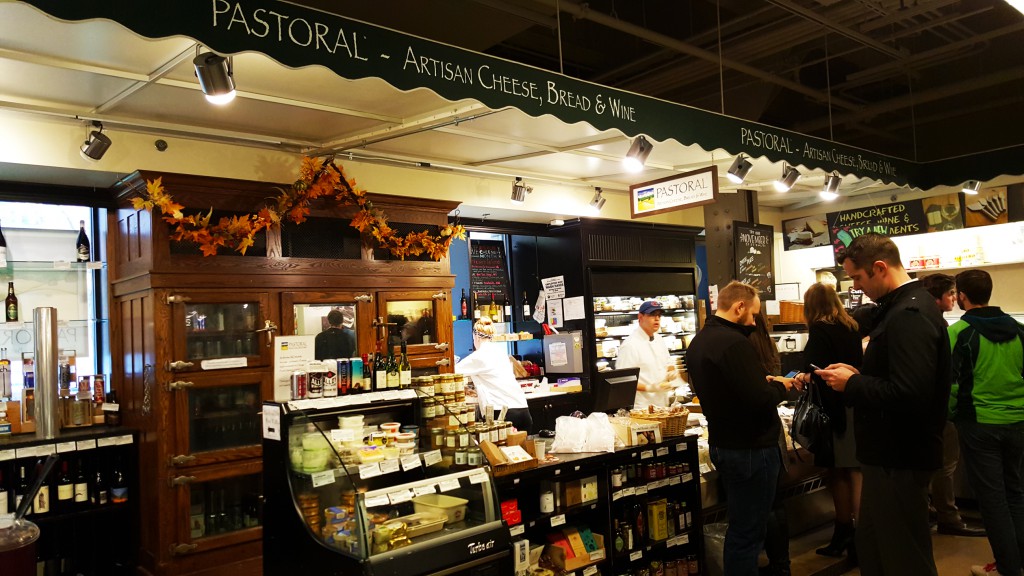

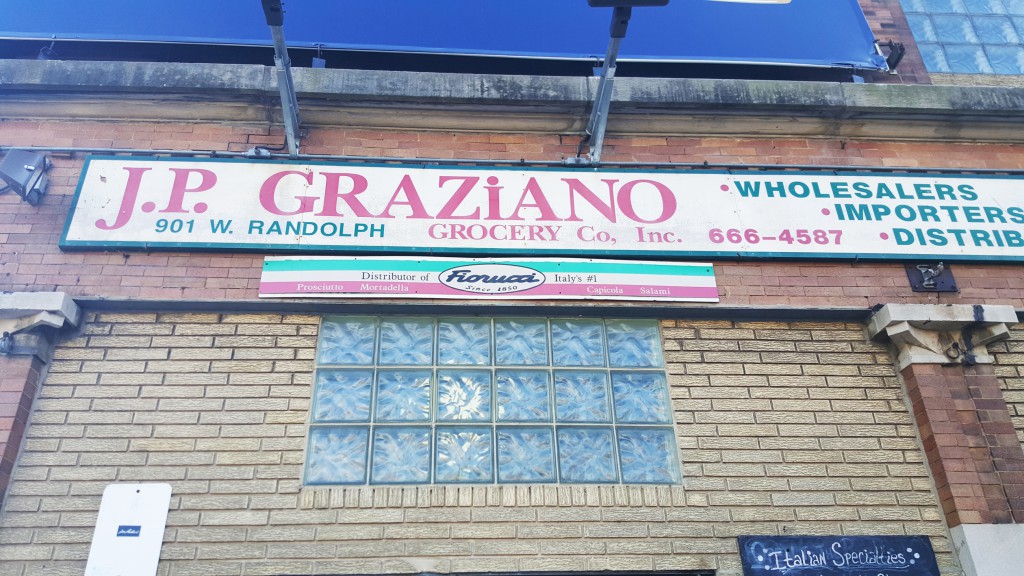


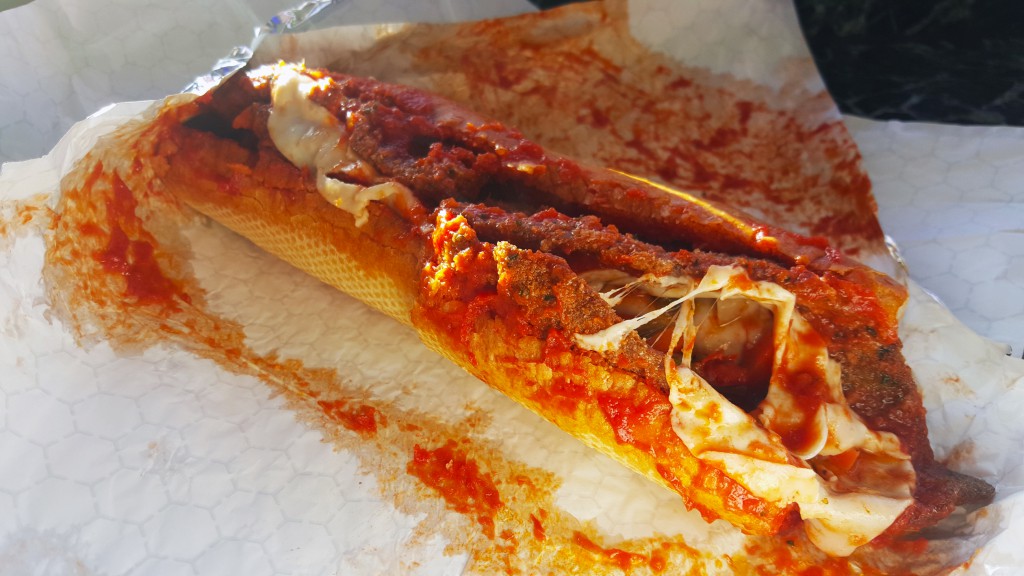



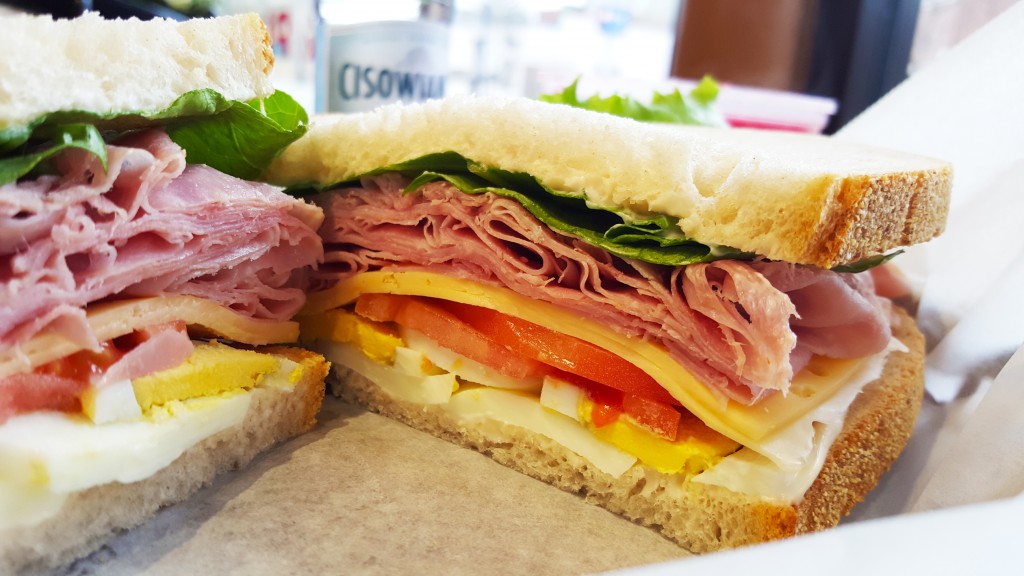

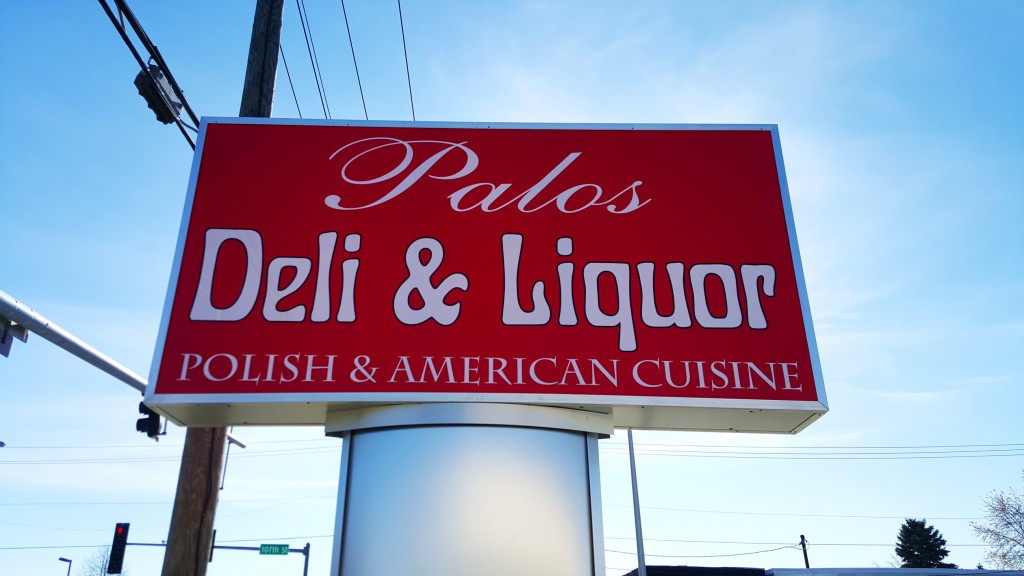
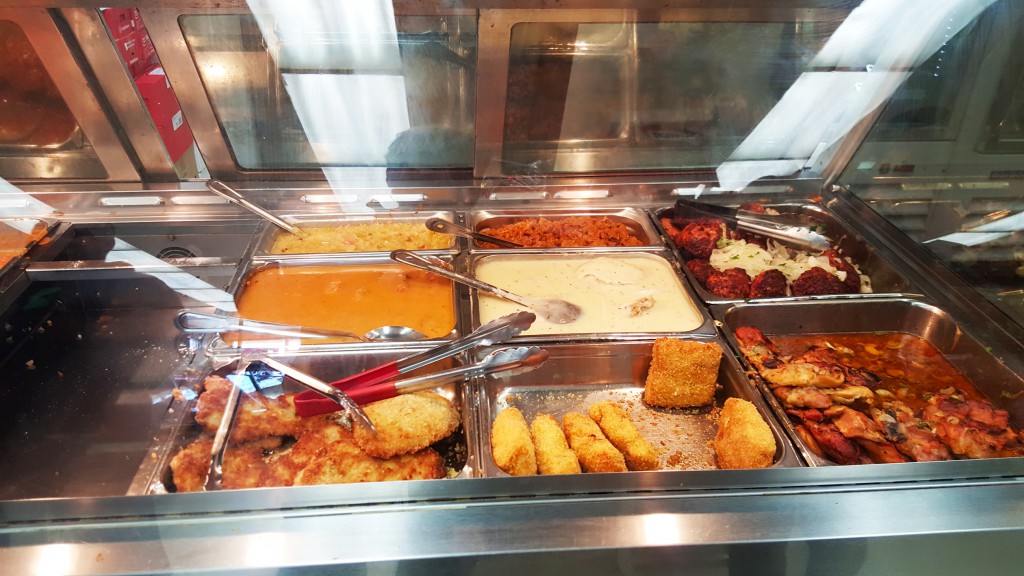




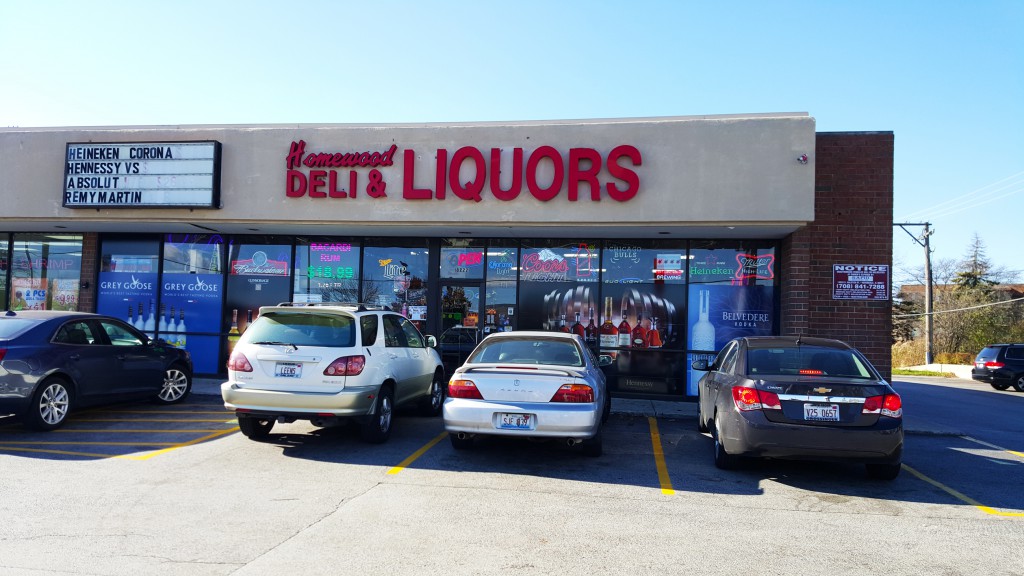









Recent Comments